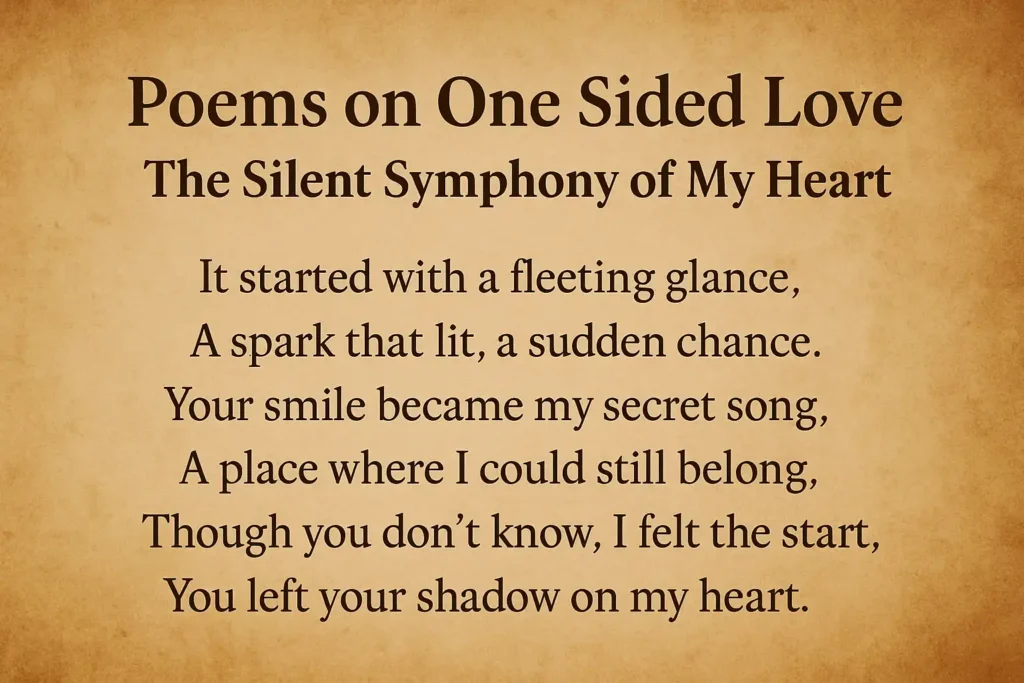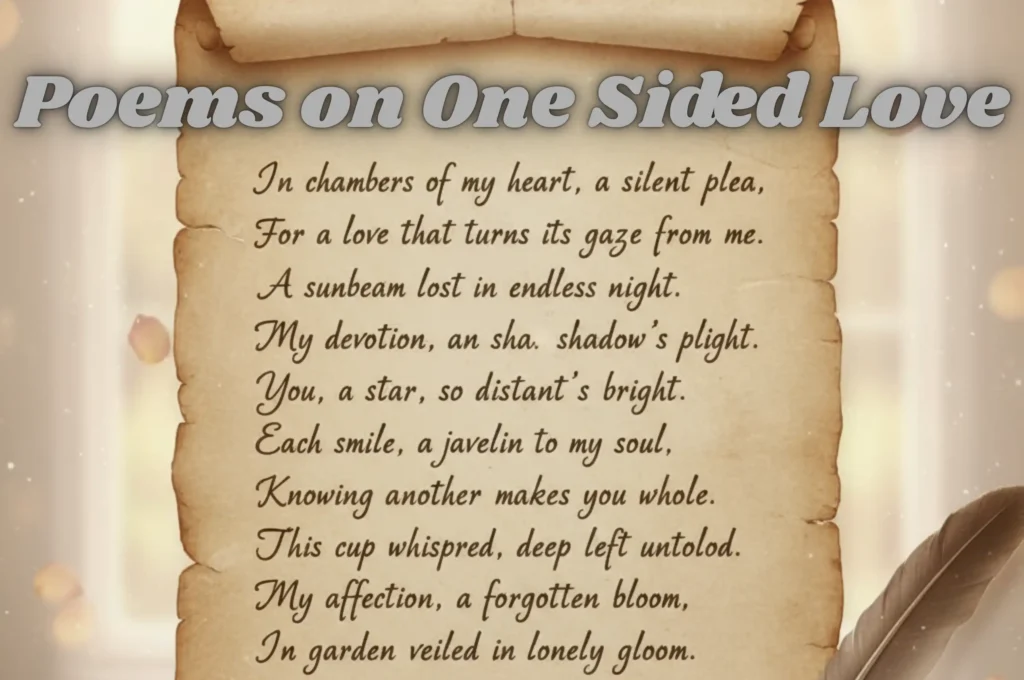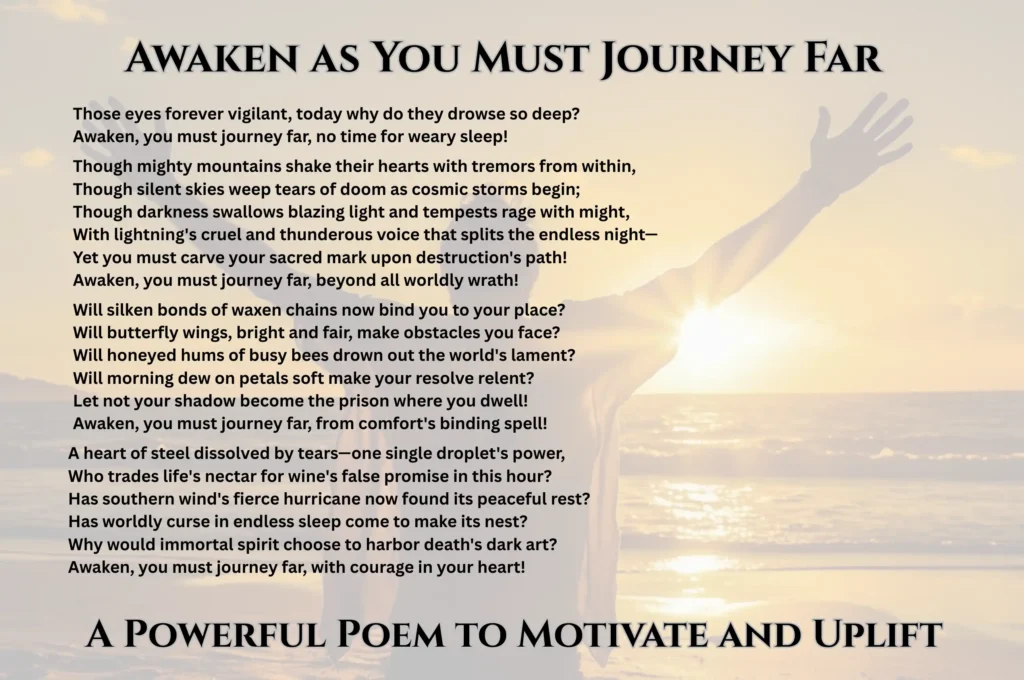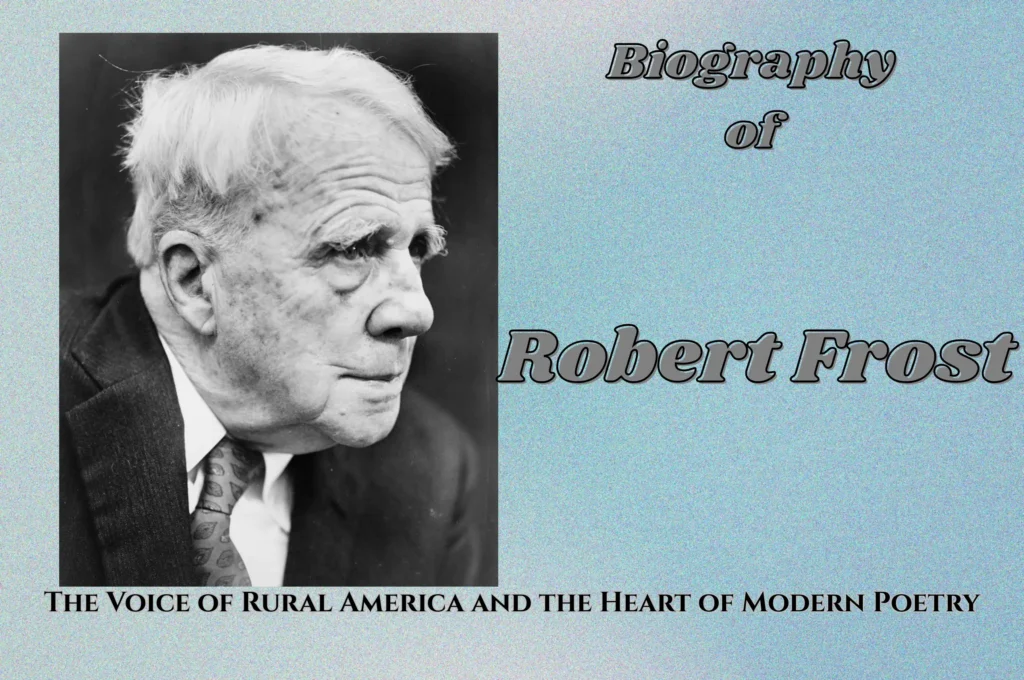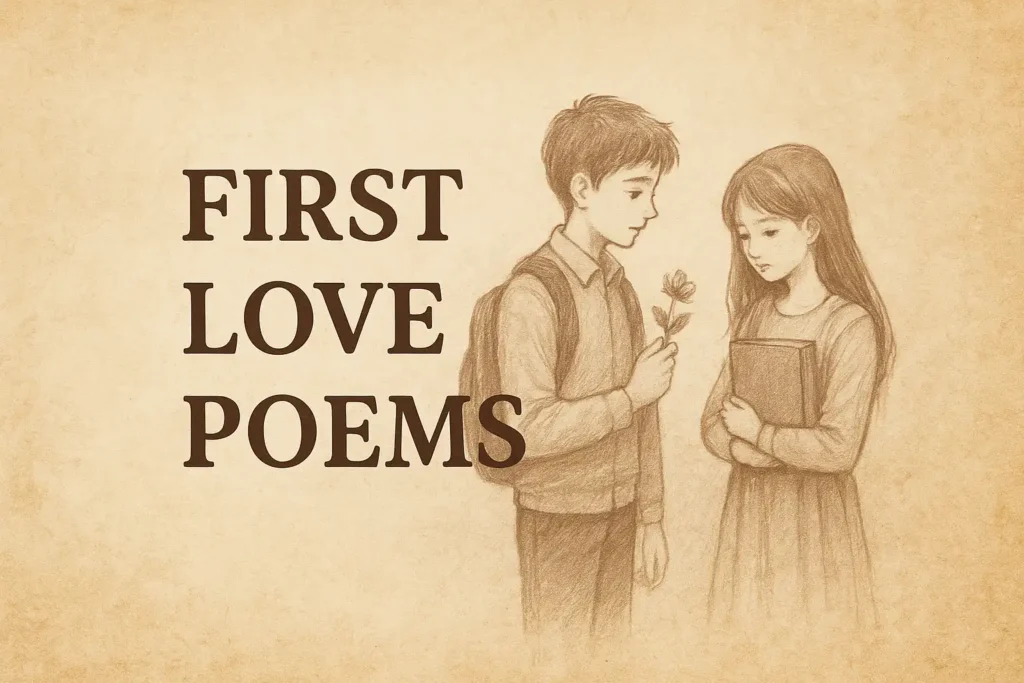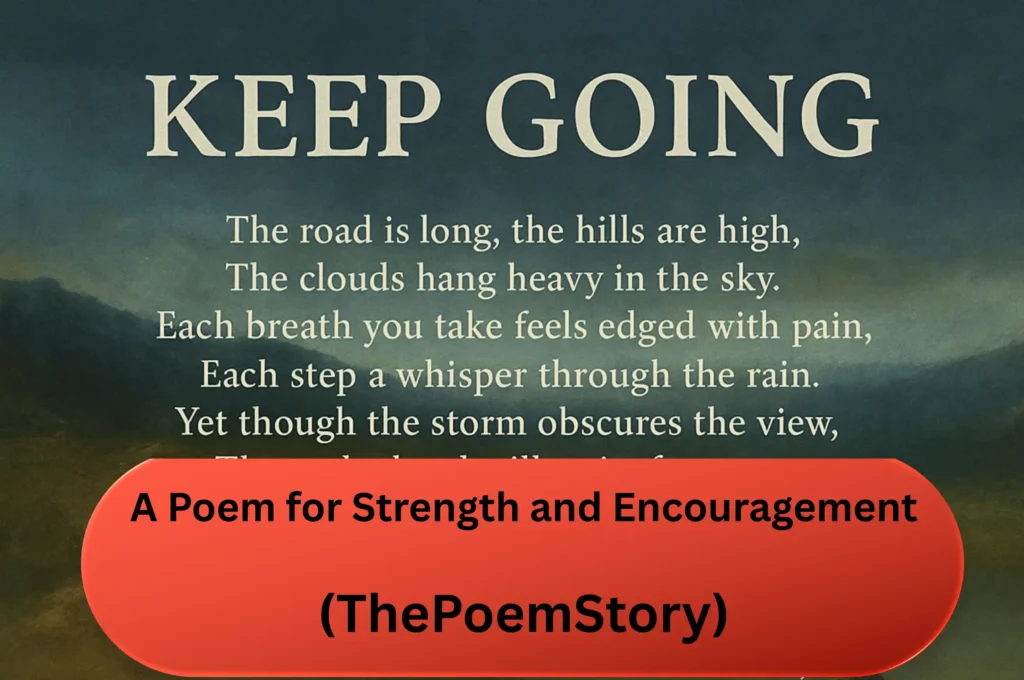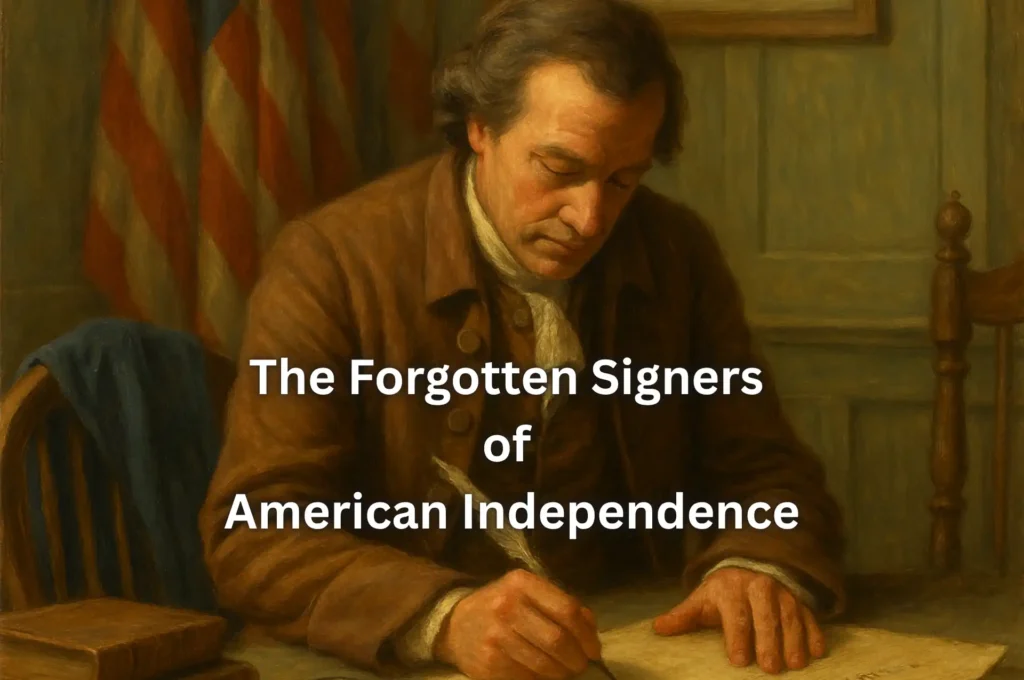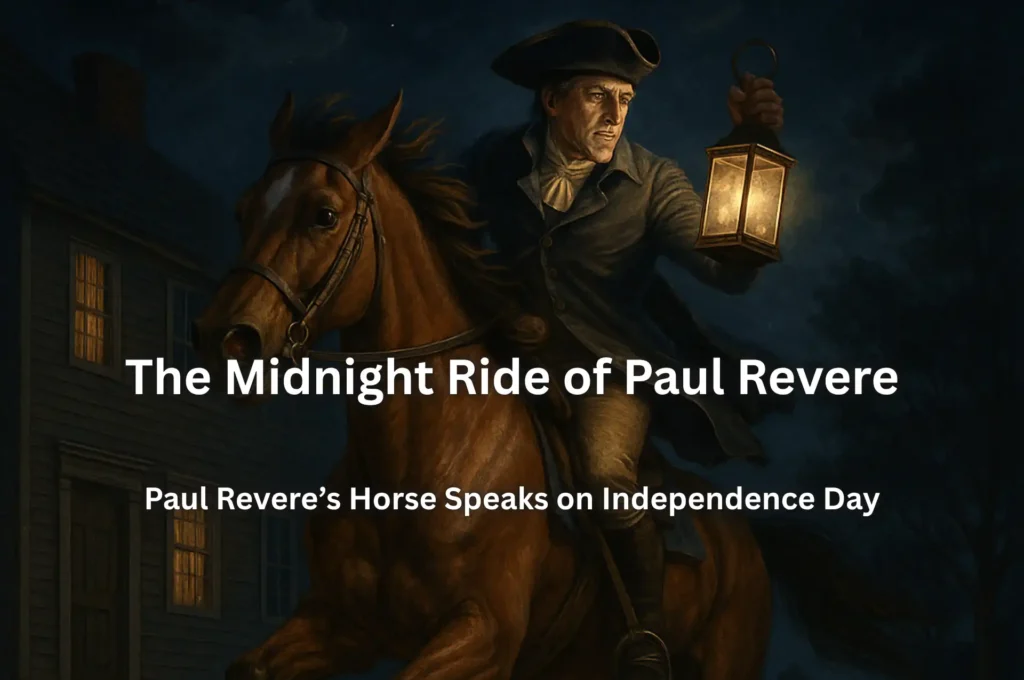The Weary Blues poem mimics the rhythm and sorrowful tone of blues music, using repetition, dialect, and musical references to evoke the deep emotions of suffering, loneliness, and perseverance. Hughes presents music as both an expression of pain and a source of temporary escape, showing how Black musicians transformed their struggles into art.
Langston Hughes, a central figure of the Harlem Renaissance, was known for blending jazz, blues, and poetry to capture the struggles and resilience of Black life in America. The Weary Blues is one of his most famous poems, published in 1925, and it vividly portrays a Black musician playing the blues in Harlem.
Back to Poets and Poetry Page

Table of Contents
The Weary Blues Poem
Droning a drowsy syncopated tune,
~ The Weary Blues Poem – by Langston Hughes
Rocking back and forth to a mellow croon,
I heard a Negro play.
Down on Lenox Avenue the other night
By the pale dull pallor of an old gas light
He did a lazy sway . . .
He did a lazy sway . . .
To the tune o’ those Weary Blues.
With his ebony hands on each ivory key
He made that poor piano moan with melody.
O Blues!
Swaying to and fro on his rickety stool
He played that sad raggy tune like a musical fool.
Sweet Blues!
Coming from a black man’s soul.
O Blues!
In a deep song voice with a melancholy tone
I heard that Negro sing, that old piano moan–
“Ain’t got nobody in all this world,
Ain’t got nobody but ma self.
I’s gwine to quit ma frownin’
And put ma troubles on the shelf.”
Thump, thump, thump, went his foot on the floor.
He played a few chords then he sang some more–
“I got the Weary Blues
And I can’t be satisfied.
Got the Weary Blues
And can’t be satisfied–
I ain’t happy no mo’
And I wish that I had died.”
And far into the night he crooned that tune.
The stars went out and so did the moon.
The singer stopped playing and went to bed
While the Weary Blues echoed through his head.
He slept like a rock or a man that’s dead.
Back to Poets and Poetry Page
Line-by-Line Breakdown of The Weary Blues Poem
Opening Lines: Setting the Scene
Droning a drowsy syncopated tune,
Rocking back and forth to a mellow croon,
I heard a Negro play.
- The poem opens with a musical rhythm, immediately immersing the reader in the world of the blues.
- “Droning a drowsy syncopated tune” suggests a slow, rhythmic blues song with offbeat patterns (syncopation is common in jazz and blues).
- The use of sound (“droning”) and movement (“rocking back and forth”) evokes a tired yet hypnotic mood.
Introducing the Performer
Down on Lenox Avenue the other night
By the pale dull pallor of an old gas light
He did a lazy sway . . .
He did a lazy sway . . .
To the tune o’ those Weary Blues.
- Lenox Avenue, a real street in Harlem, New York, was a cultural hub of Black artistic expression during the Harlem Renaissance.
- The dim setting (“pale dull pallor of an old gas light”) suggests a lonely and weary atmosphere, matching the mood of the blues.
- The repetition of “lazy sway” emphasizes the slow, sorrowful rhythm of the music and the emotional exhaustion of the musician.
The Music and Emotion
With his ebony hands on each ivory key
He made that poor piano moan with melody.
O Blues!
- The contrast between “ebony hands” and “ivory key” subtly hints at racial themes—the Black musician playing an instrument often associated with white classical music.
- “Poor piano moan” personifies the instrument, making it sound as if it, too, is suffering.
- “O Blues!” is both an exclamation and a call to the music itself, emphasizing the depth of emotion.
The Musician’s Body Language
Swaying to and fro on his rickety stool
He played that sad raggy tune like a musical fool.
Sweet Blues!
Coming from a black man’s soul.
O Blues!
- The “rickety stool” suggests poverty and hardship, reinforcing the blues theme of struggle.
- “Sad raggy tune” connects blues with its roots in ragtime, an early form of jazz.
- “Sweet Blues!” contrasts with the sadness—although blues is melancholic, it holds beauty and expression.
- “Coming from a black man’s soul” highlights how blues music is deeply personal and rooted in African American experience.
The Singer’s Lament
In a deep song voice with a melancholy tone
I heard that Negro sing, that old piano moan–
“Ain’t got nobody in all this world,
Ain’t got nobody but ma self.
I’s gwine to quit ma frownin’
And put ma troubles on the shelf.”
- The use of dialect (“I’s gwine”) reflects the speech patterns of Southern Black Americans, adding authenticity and musical rhythm.
- The lyrics express loneliness (“Ain’t got nobody”) and an attempt at emotional resilience (“put ma troubles on the shelf”).
The Pain Intensifies
Thump, thump, thump, went his foot on the floor.
He played a few chords then he sang some more–
“I got the Weary Blues
And I can’t be satisfied.
Got the Weary Blues
And can’t be satisfied–
I ain’t happy no mo’
And I wish that I had died.”
- The “thump, thump, thump” mimics both the musician’s foot tapping and the heartbeat of the blues rhythm.
- The lyrics turn darker, expressing deep sadness, dissatisfaction, and even suicidal thoughts (“I wish that I had died”).
- This moment captures the pain and despair often found in blues music, where suffering is voiced openly.
Ending: The Music Lingers
And far into the night he crooned that tune.
The stars went out and so did the moon.
The singer stopped playing and went to bed
While the Weary Blues echoed through his head.
He slept like a rock or a man that’s dead.
The final line (“slept like a rock or a man that’s dead”) is ambiguous—does he find peace, or is he metaphorically dead inside from his struggles?
The darkening sky (“stars went out”) mirrors the exhaustion of the musician.
The Weary Blues never truly leave him—even as he sleeps, the sorrow lingers in his mind.
Summary of The Weary Blues Poem
The Weary Blues describes a Black musician playing the blues late at night on Lenox Avenue in Harlem. The music is sorrowful yet beautiful, reflecting deep pain and loneliness. The performer sings about his despair and dissatisfaction with life, wishing he were dead. Even after the music stops, the sadness remains, and he falls into a heavy sleep. The poem captures the emotional depth of the blues, showing how music serves as both an outlet for pain and a reminder of suffering.
The Weary Blues is a masterful blend of poetry and music, capturing the essence of blues as both an art form and an emotional release. Hughes brings Harlem to life, immersing the reader in the sights, sounds, and feelings of a lone musician pouring his soul into his song. The poem remains a powerful testament to Black artistic expression, suffering, and endurance.
Back to Poets and Poetry Page
List of Poets in Alphabetical Order
कवियों की सूची
Explore our Literature YouTube Channels:

YouTube Channel Link:

YouTube Channel Link:

YouTube Channel Link:

YouTube Channel Link

